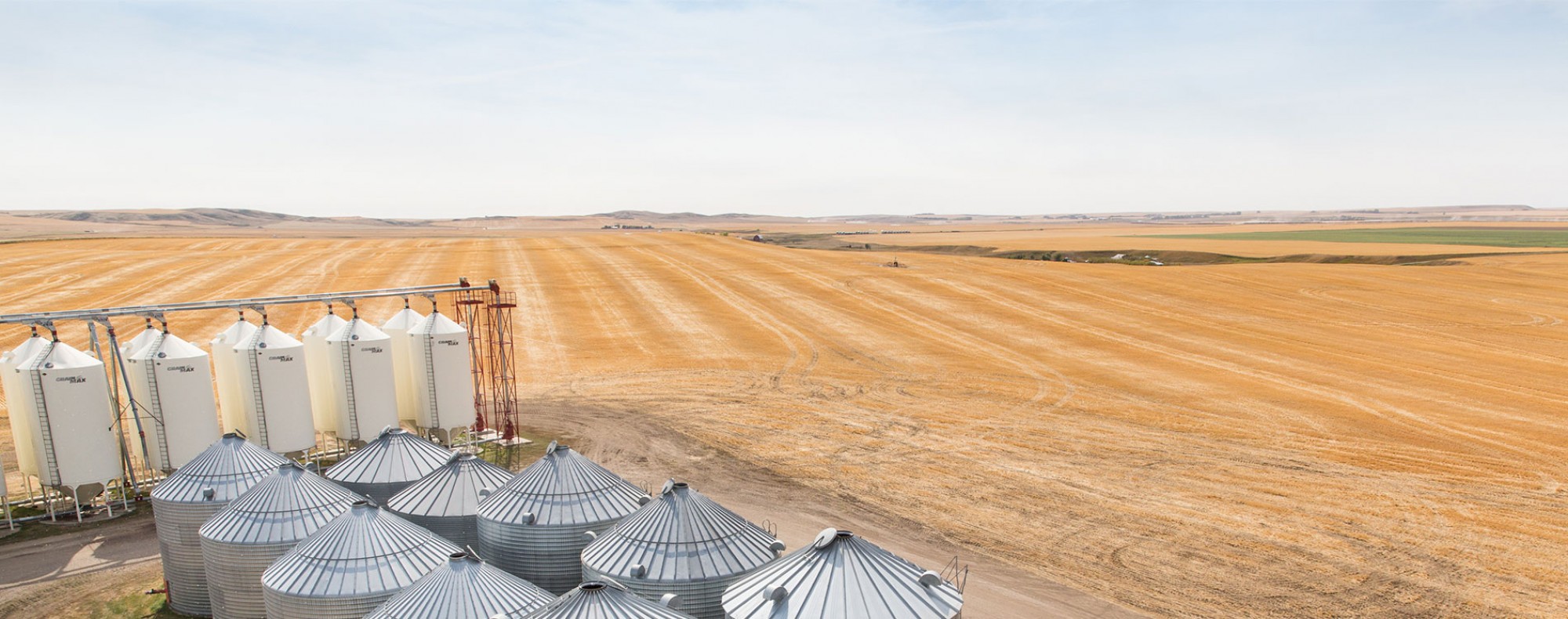Maximizing durable disease resistance in wheat?
Curtis Pozniak, University of Saskatchewan
Start Date: December 15, 2020
End Date: April 30, 2025
AWC’s funding: $41,055
The profitability of modern wheat cultivars requires high genetic yield potential and suitable end-use quality to meet market demands. However, yield stability is equally important and is accomplished in part by developing cultivars that can withstand abiotic (such as wide range of water availability and temperature conditions) and biotic stresses (diverse pathogens and pests). Durable genetic protection against key pathogens is a major objective of our wheat breeding programs at the Crop Development Centre, with the aim to not only provide yield stability, but to reduce the cost of production for wheat producers through reduced fungicide use. However, diseases can evolve to overcome the resistance deployed in new cultivars, leading to disease-related yield losses. Thus, breeders must be vigilant and continuously identify new resistance genes (R-genes) and deploy them in combination with multiple R-genes to avoid rapid breakdown of resistance. There are five priority-one fungal diseases threatening wheat production in Canada: Fusarium head blight (FHB), leaf rust, stem rust, stripe rust, and common bunt. Among them FHB, caused by Fusarium graminearum is the most devastating disease that is challenging for breeding (especially in durum wheat) because of the complexity of resistance and the strong genotype x environment influence on phenotypic expression. In contrast, stripe (yellow) rust (caused by Puccinia striiformis f. sp. tritici, Pst) resistance is genetically less complex, but the pathogen evolves quickly, and is now adapted to warmer temperatures. As a consequence, stripe rust has emerging as a significant pathogen that can result in substantial producer losses in the absence of genetic resistance.
